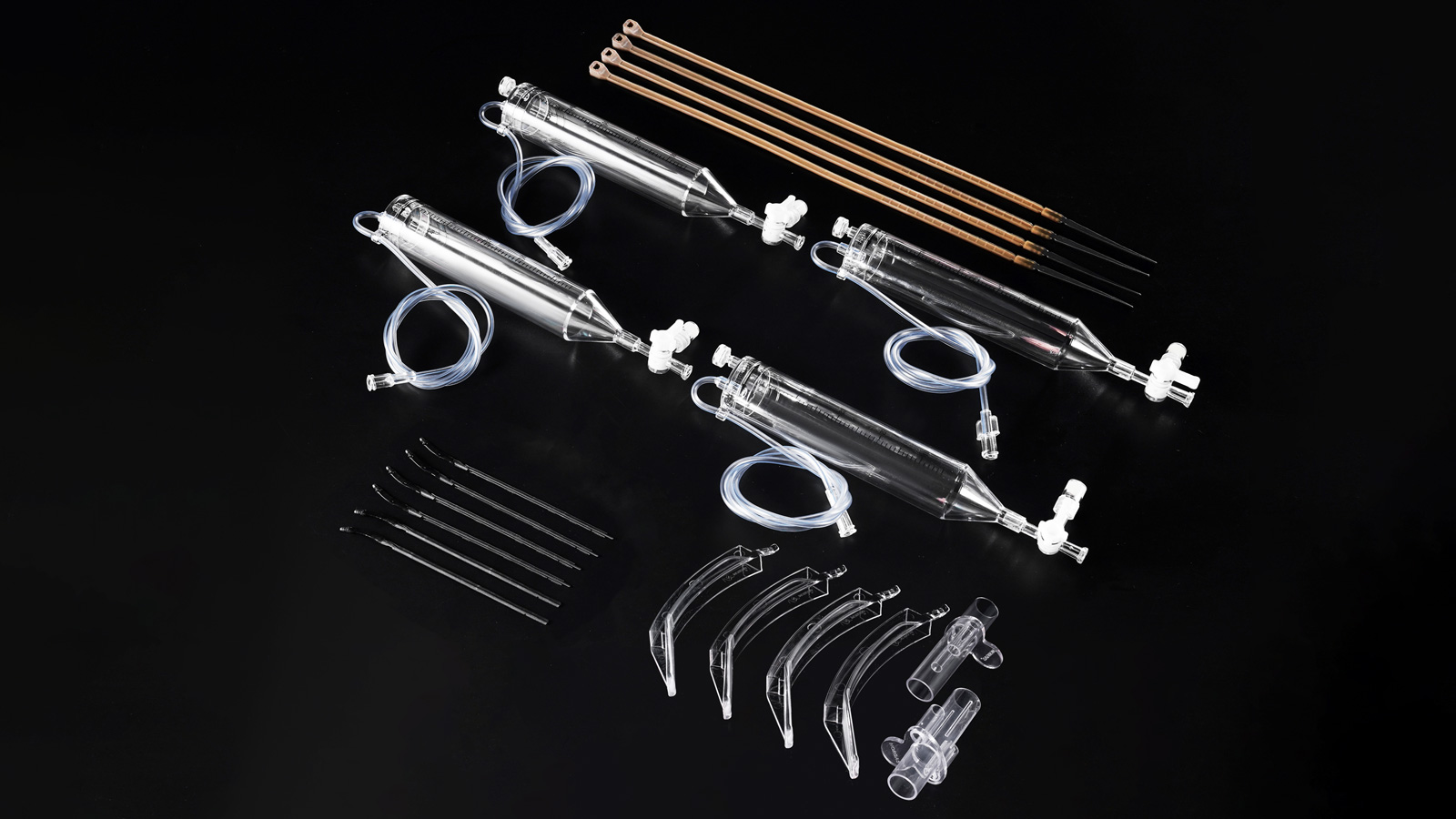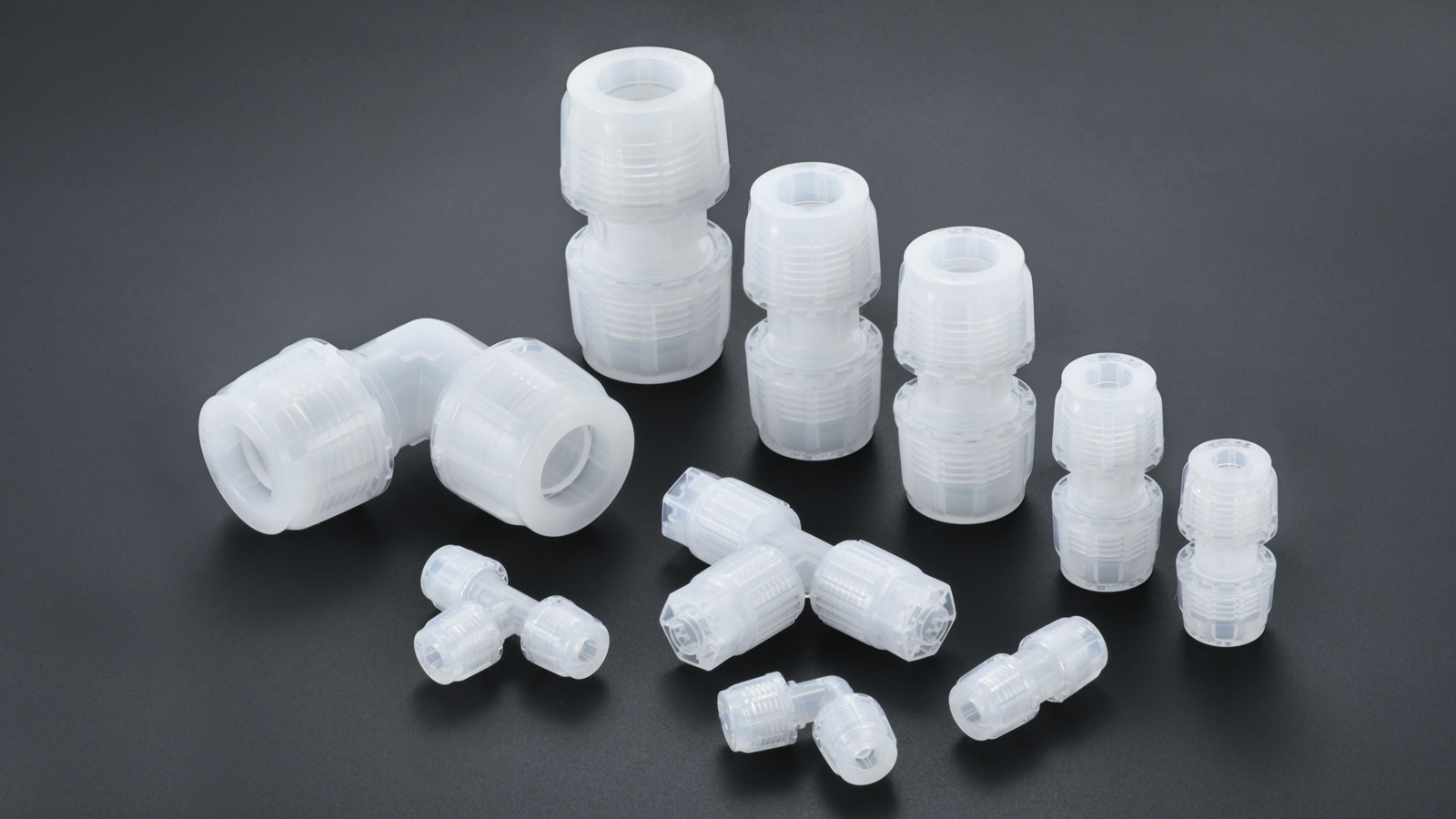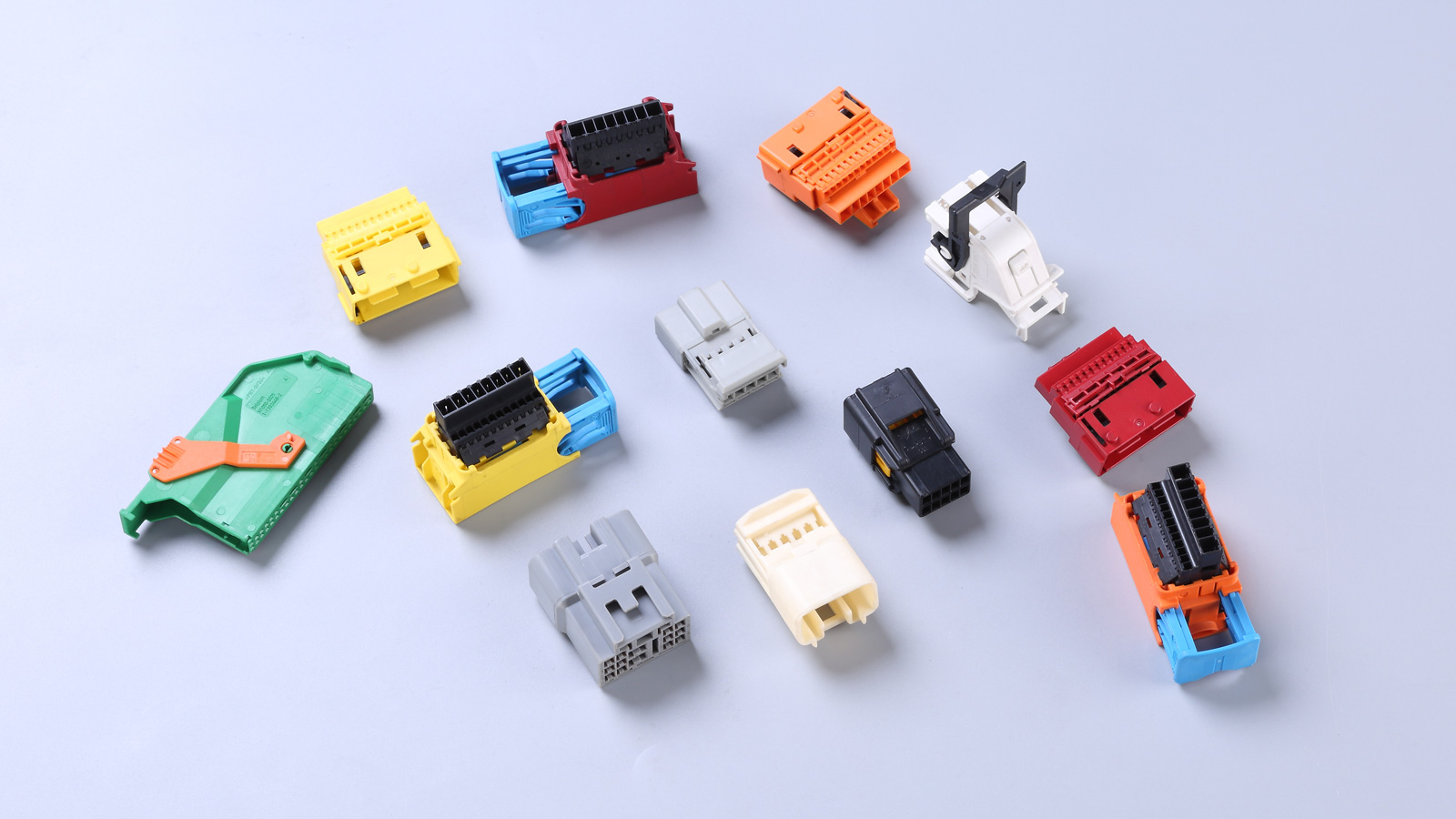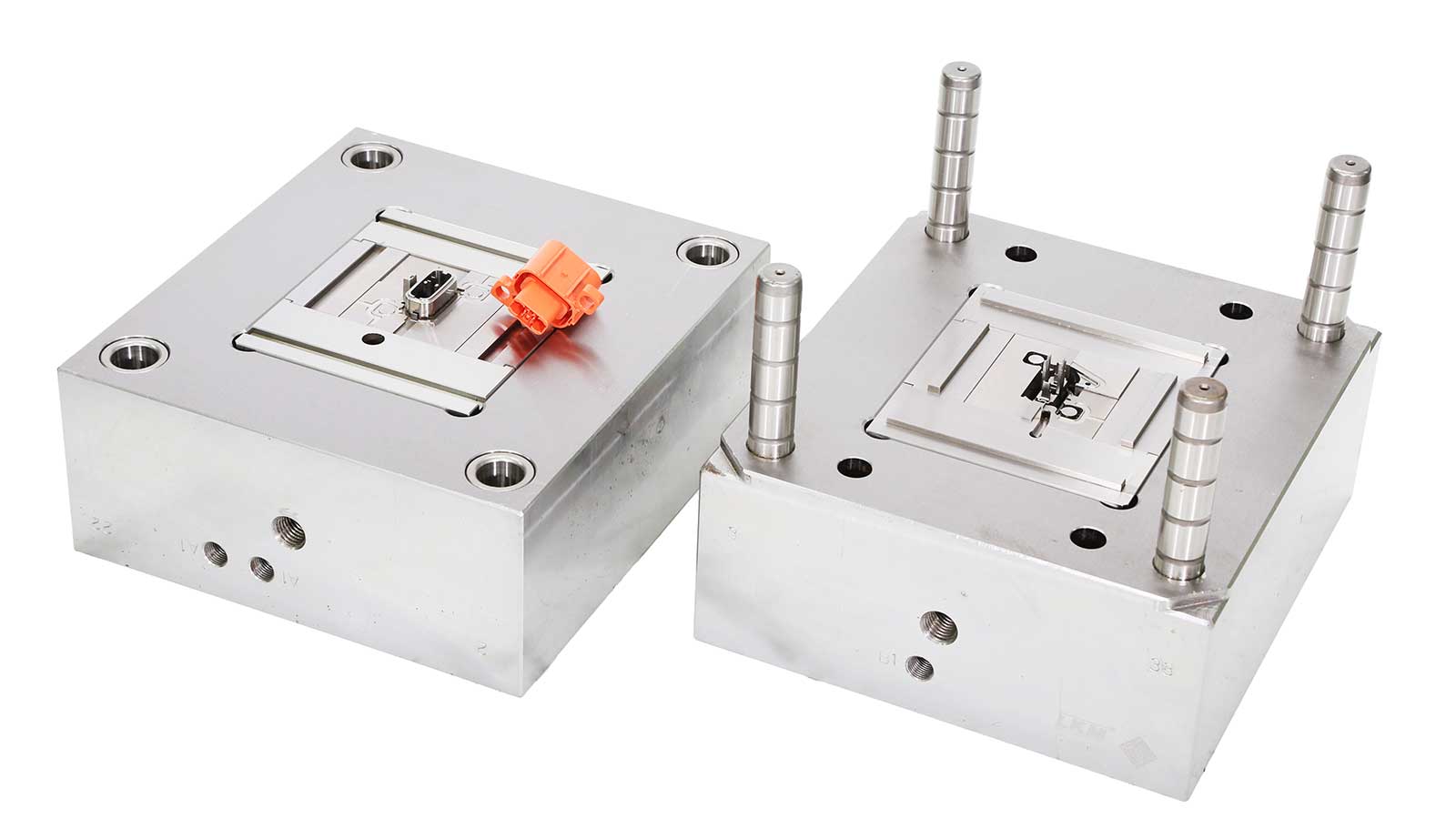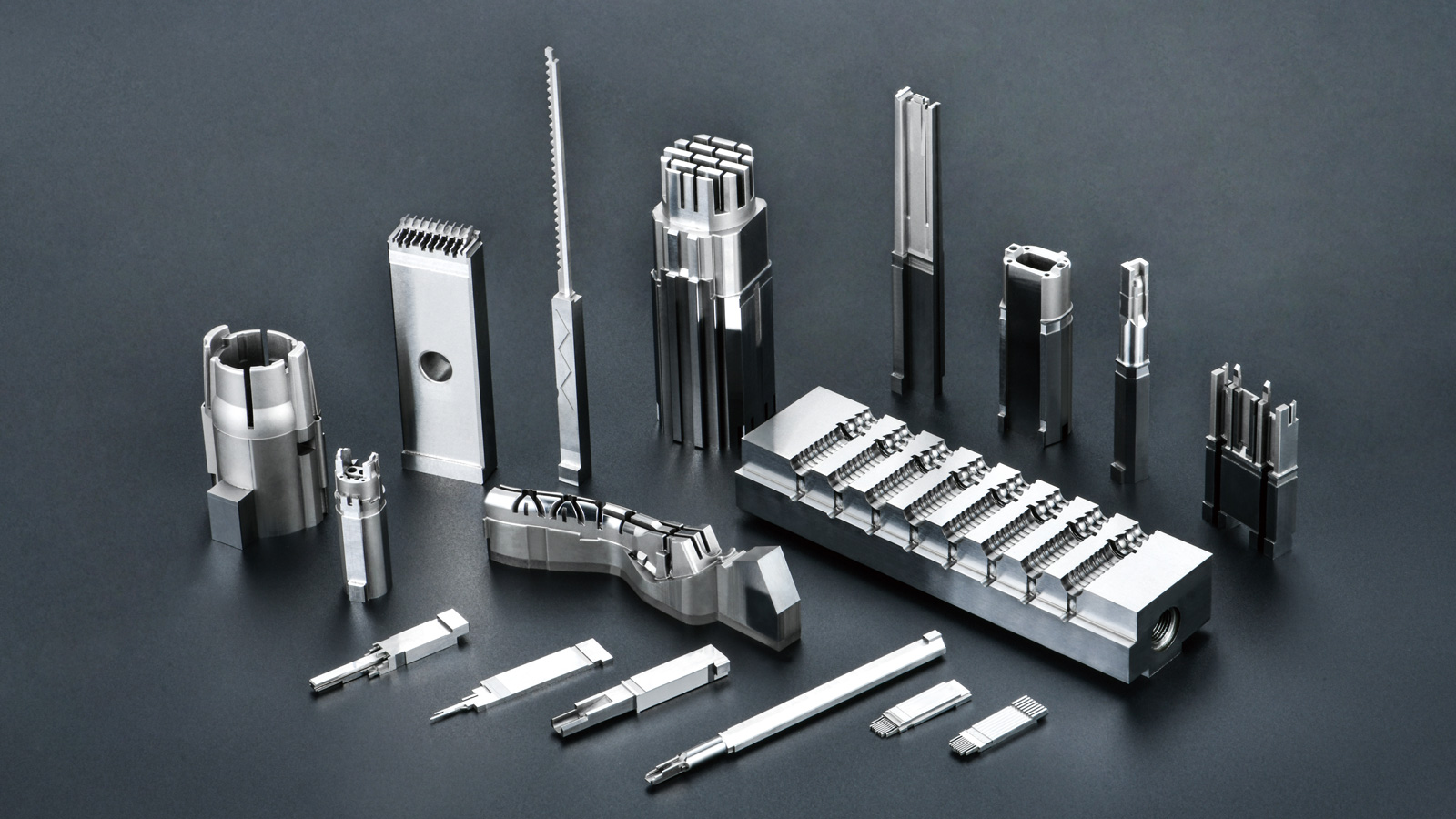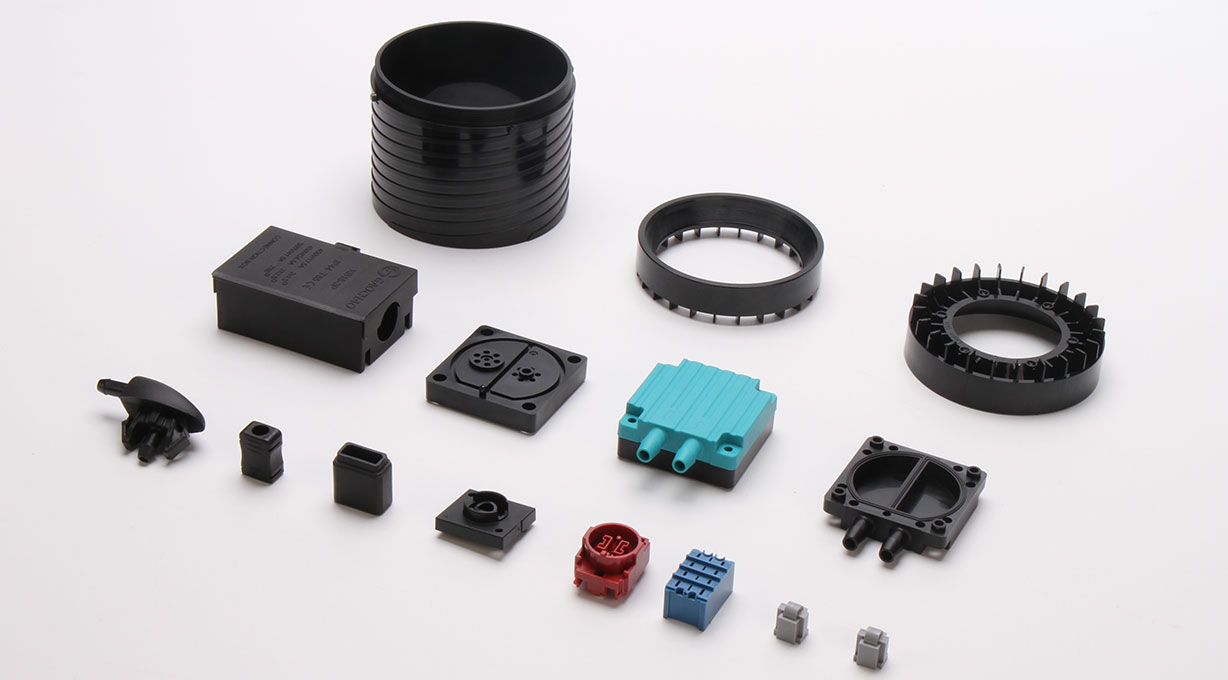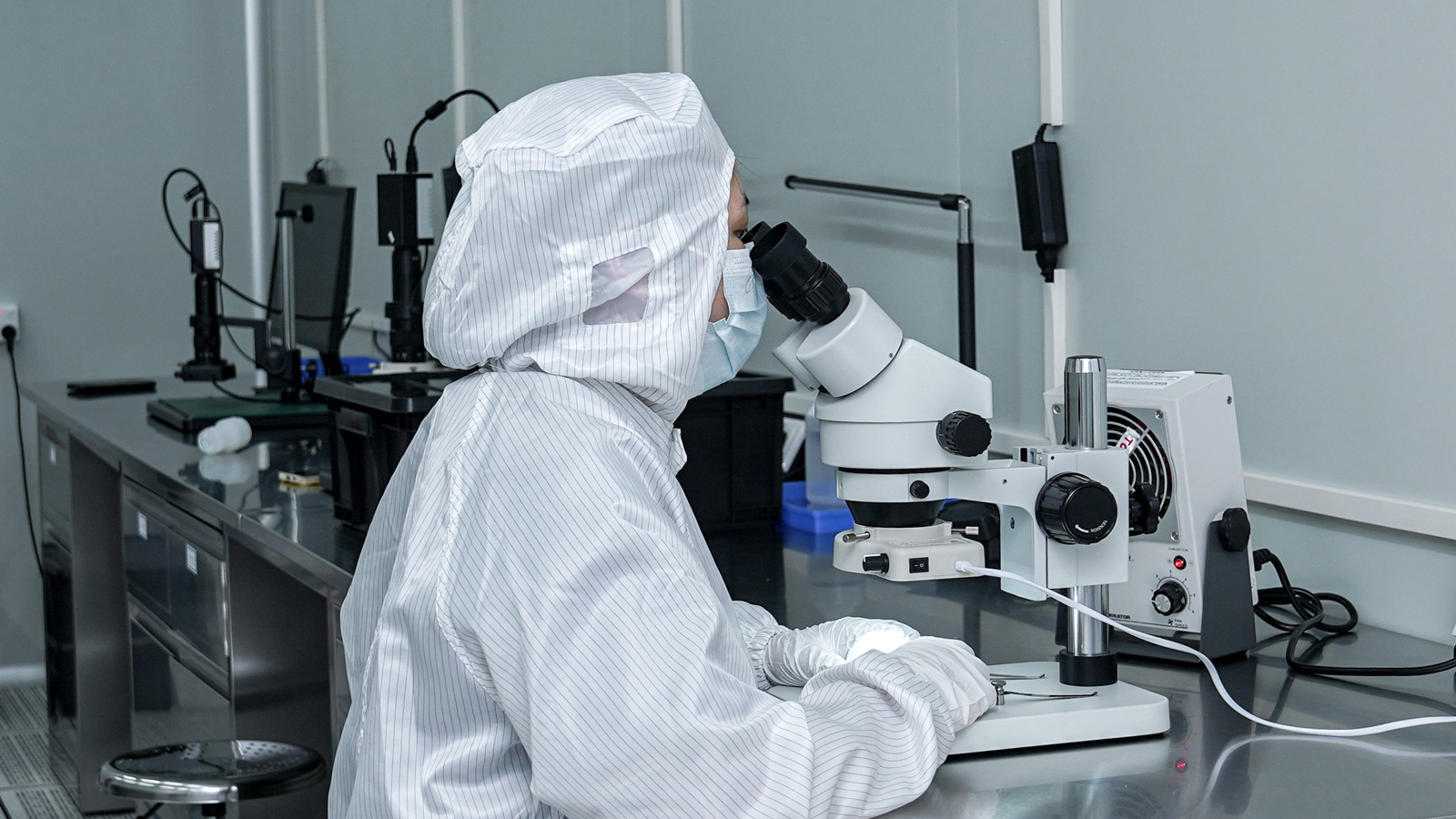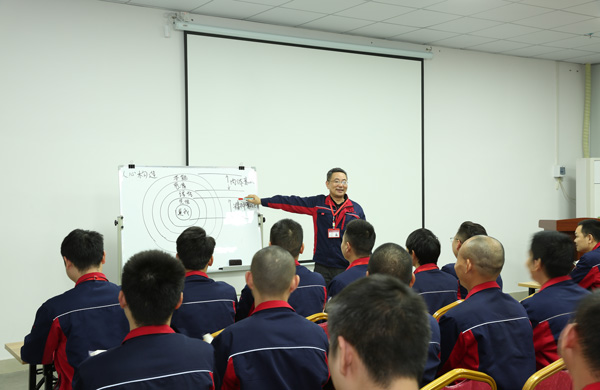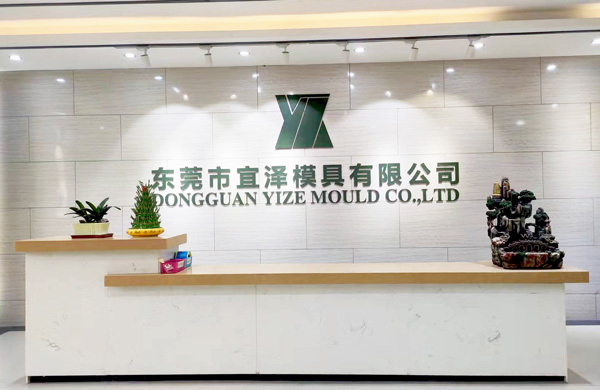As global attention to environmental protection and sustainable development intensifies, the manufacturing industry is actively exploring new paths for energy-saving and environmental protection. Among numerous high-performance engineering plastics, polyetheretherketone (PEEK) stands out in the field of injection molding due to its exceptional properties and environmental benefits, becoming a significant force in driving green manufacturing.
Environmental Advantages of PEEK Materials
PEEK is a semi-crystalline thermoplastic engineering plastic known for its outstanding high-temperature resistance, chemical corrosion resistance, mechanical strength, and biocompatibility. It can maintain stable physical and chemical properties under extreme conditions, with a long-term service temperature of up to 260°C. These characteristics make PEEK widely applicable in aerospace, automotive manufacturing, electronics, electrical engineering, and medical fields.
From an environmental perspective, PEEK materials offer the following significant advantages:
- Recyclability: PEEK materials can be recycled and reused, reducing resource waste and environmental pollution. After reaching the end of their product lifecycle, discarded PEEK products can be reprocessed into new items, achieving resource circulation.
- Low Toxicity: PEEK materials exhibit good biocompatibility and are generally considered biologically inert. They do not cause significant immune reactions or toxic effects when in contact with human tissues, making them widely used in medical applications such as orthopedic implants and dental restorations. Additionally, PEEK does not release harmful substances at high temperatures, posing low health risks to operators.
- Low-Energy Consumption Processing: Although PEEK injection molding requires high temperatures and pressures, advancements in technology have continuously improved the energy efficiency of injection molding machines. By optimizing injection molding process parameters, such as temperature, pressure, injection speed, and holding time, energy consumption can be reduced, and production efficiency improved.
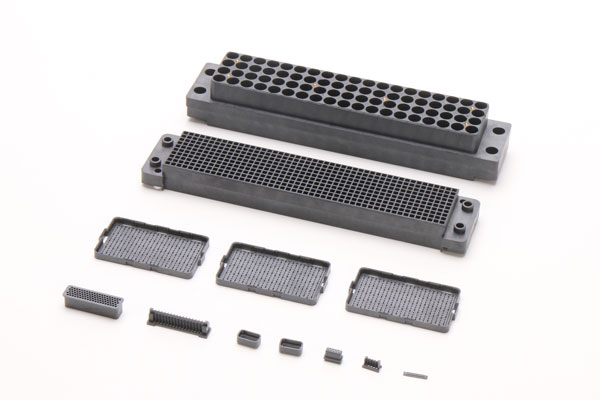
Energy-Saving Technologies for PEEK Injection Molding
To achieve energy-saving and environmental protection in PEEK injection molding, a series of advanced energy-saving technologies need to be adopted:
- High-Efficiency Injection Molding Machines: Select injection molding machines with efficient heating systems and energy-saving functions. For example, electromagnetic induction heating technology can enhance heating efficiency and reduce energy waste. Meanwhile, the hydraulic system of injection molding machines can adopt variable pump technology to adjust the flow rate and pressure of hydraulic oil according to actual needs, thereby lowering energy consumption.
- Optimized Mold Design: Reasonable mold design can improve the forming quality and production efficiency of PEEK products while reducing energy consumption. For instance, optimizing the mold cooling system design by adopting efficient cooling channels and cooling media can shorten the cooling time of products, reduce the injection cycle, and thus lower energy consumption. Additionally, the runner design of the mold is also crucial; a proper runner can reduce pressure loss in the melt, lowering injection pressure and energy consumption.
- Process Parameter Optimization: Through experiments and simulation analysis, optimize the process parameters of PEEK injection molding. For example, determine the optimal injection temperature, mold temperature, injection speed, and holding time to improve product quality and production efficiency while reducing energy consumption. In actual production, process parameters can be adjusted and optimized in real-time based on the shape, size, and material properties of the products.
- Waste Heat Recovery and Utilization: During PEEK injection molding, a large amount of waste heat is generated. By installing waste heat recovery devices, the waste heat generated by the heating system, hydraulic system, and mold cooling system of the injection molding machine can be recovered and utilized for heating raw materials, preheating molds, or providing workshop heating, thereby improving energy utilization efficiency and reducing energy consumption.
Application Cases of PEEK Injection Molding in Energy-Saving and Environmental Protection
- Automotive Manufacturing: In the automotive manufacturing sector, PEEK materials are widely used to manufacture lightweight components, such as engine inner covers, automotive bearings, gaskets, seals, and clutch gear rings. By replacing traditional metal materials with PEEK, not only can the weight of automobiles be reduced to improve fuel economy, but also energy consumption and carbon dioxide emissions can be lowered. Meanwhile, the high-temperature resistance and chemical corrosion resistance of PEEK materials can enhance the reliability and service life of automotive components, reducing maintenance and replacement costs.
- Medical Devices: In the medical device field, PEEK materials are extensively applied in the manufacturing of surgical instruments and implants due to their good biocompatibility and corrosion resistance. For example, PEEK orthopedic implants can achieve good integration with human bones, reducing rejection reactions and complications. Additionally, PEEK materials can be sterilized under high-temperature and high-pressure conditions to ensure the sterility and safety of medical devices. The use of PEEK materials in medical device manufacturing not only improves patients’ treatment outcomes and quality of life but also reduces the generation of medical waste and its impact on the environment.
- Electronics and Electrical Engineering: In the electronics and electrical engineering sector, PEEK materials are used to manufacture connectors, sockets, switches, wafer carrier film insulation membranes, and printed circuit boards. PEEK materials possess excellent electrical insulation and high-temperature resistance, meeting the high-performance material requirements of electronic and electrical equipment. Meanwhile, the recyclability of PEEK materials can reduce the generation of electronic waste and environmental pollution.
Conclusion
As a high-performance manufacturing technology, PEEK injection molding holds significant energy-saving and environmental protection potential. By adopting advanced energy-saving technologies and optimizing process parameters, efficient and low-energy-consumption production of PEEK injection molding can be achieved. Additionally, the recyclability and low toxicity of PEEK materials align with sustainable development requirements. With continuous technological advancements and the expansion of application fields, PEEK injection molding will play an increasingly important role in the field of energy-saving and environmental protection, contributing to the green transformation and sustainable development of the manufacturing industry.
